Through this blog series we would like to bring you along with us to show you how we have adapted in the past and how we intend to adapt going forward. We have made some big changes lately to our operation, and we want to show you how we got here, and how you can join us in our mission to be better farmers.
By the mid 1990s our family’s farm had been downsized because of adverse conditions in agriculture and other reasons discussed in Part 2, so my dad, Gary, began looking for various options that would allow us to remain in agriculture but be able to operate on a smaller land base. He found one option in the classifieds of a local newspaper: an ad by a turkey integrator looking for potential contract growers. He responded to the ad and eventually decided to enter into a contract to grow commercial turkeys.
If you aren’t familiar with how the contract poultry industry works, here’s a quick introduction. The integrator is a company that “integrates” the poultry into the market. They bring truckloads of poultry to a large processing plant every week for slaughter. In order to produce these large numbers of birds every week of the year, they contract farmers to grow the birds for them as a subcontractor. The growers are responsible for the land, houses, water, equipment, and labor needed to grow the birds. The integrator brings the birds and the feed and sends a crew to harvest the birds when they are mature. The poultry houses are built to the integrator’s strict specifications and the labor is performed in a specific manner as dictated by the integrator. A service technician (as referred to by many integrators) makes rounds weekly to all of the farms that he or she is responsible for. The grower’s compensation can fluctuate based on how a particular flock performs compared to other growers’ flocks harvested around the same time.
The houses that the integrator required were 50 feet wide by 500 feet long. The integrator placed 7500 turkeys in each house, and by the time the flock was mature it was very difficult to see the floor due to the turkeys being so tightly packed inside. Feed is delivered in semi trucks as needed in bins outside the houses and is augered in to a feed line inside that the birds eat from. Water is sourced from wells on the farm and is used as the primary medium for medication that is used often to combat the disease that comes so easily in these confinement environments. Our turkey operation could consume as much as 15,000 gallons of water in 24 hours during hot weather.
So by April of 1996 we were now under contract with a turkey integregrator and were working hard to at our new operation in hopes of our family being able to stay on the farm.
We would persist in the turkey business for a number of years and even expand it in 2010 with an additional 2 new-style houses. At the time of this expansion, we still had not gained the vision that we have today of an agricultural system that regenerates instead of denigrates. As I was getting finished with college, I knew I wanted to come back to the farm, but was struggling with a way to produce another salary from it. One enterprise that we knew produced fairly consistent revenue was the turkeys so we decided to start the ball rolling with the expansion.
Simultaneously, we launched a grass-fed beef business. We figured that if one failed at least we would have a backup enterprise already running. These two businesses over the years became more and more at odds with each other, which we will talk about more in Part 4.
The next part of this blog series will take a look into our current and perhaps most profound transition to date, which is one not only of methods but of philosophy. It’s a transition into a perception of farming as a land-healing ministry, and not merely as a means to make a living. Until then, check out the photos below to see what the turkey operation was like.
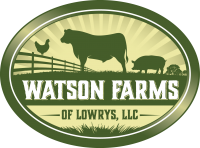
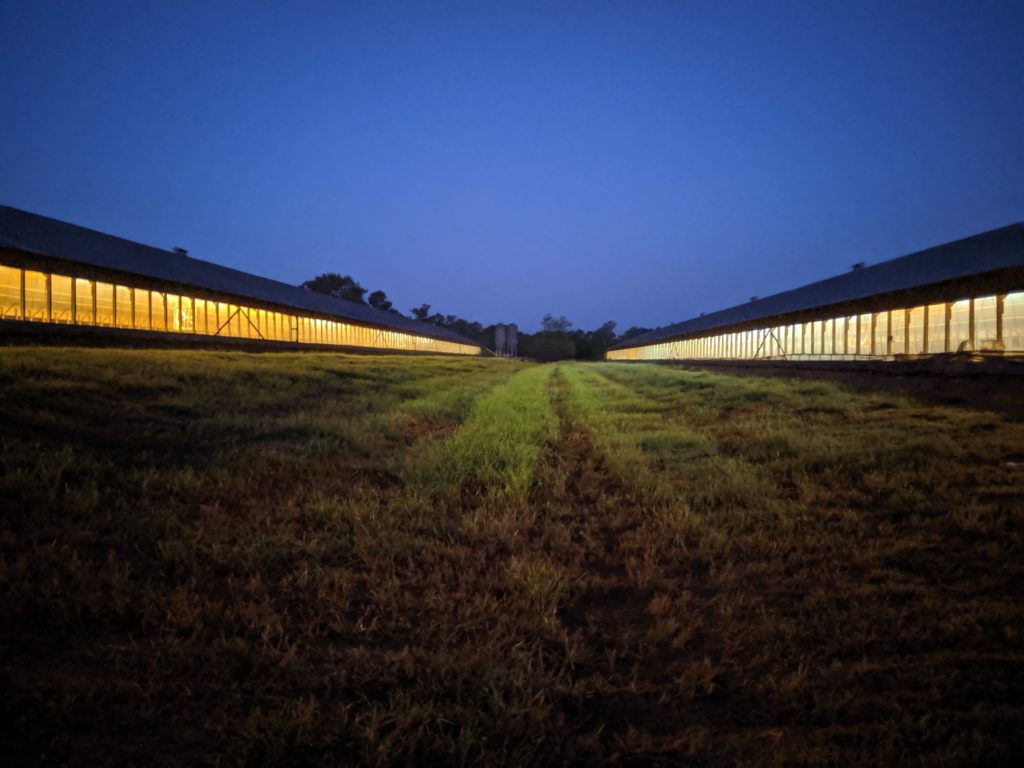
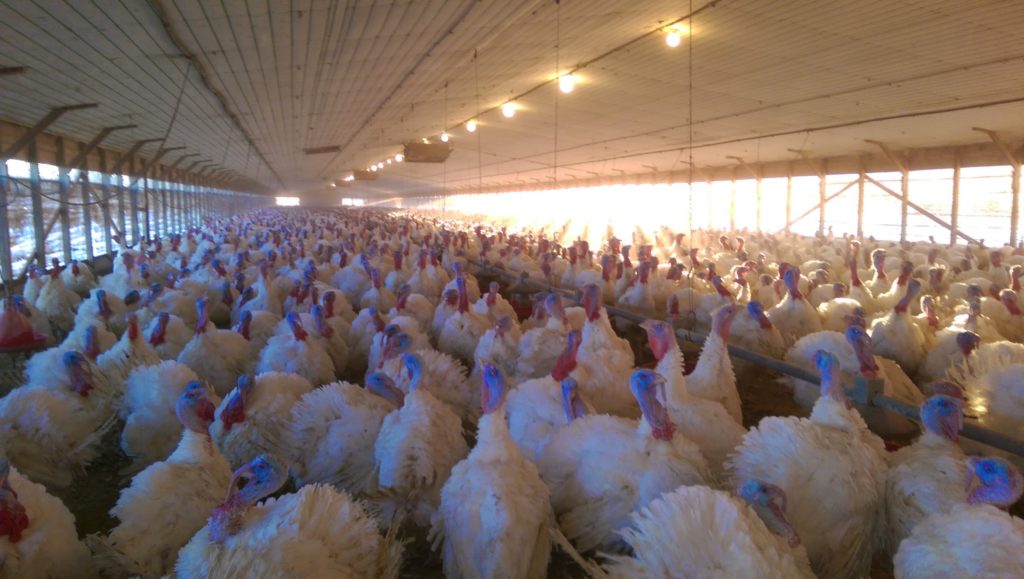
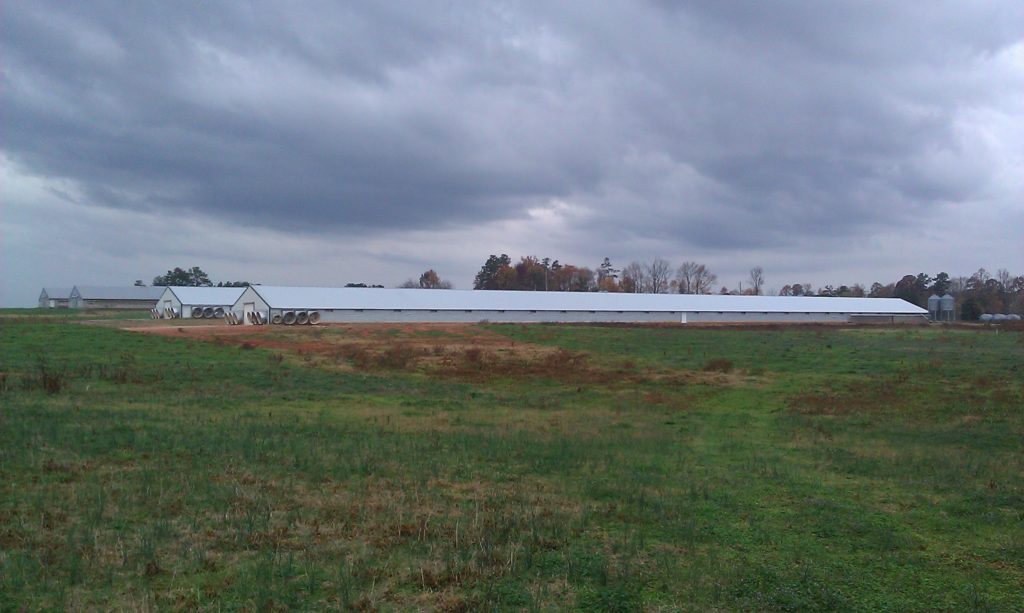

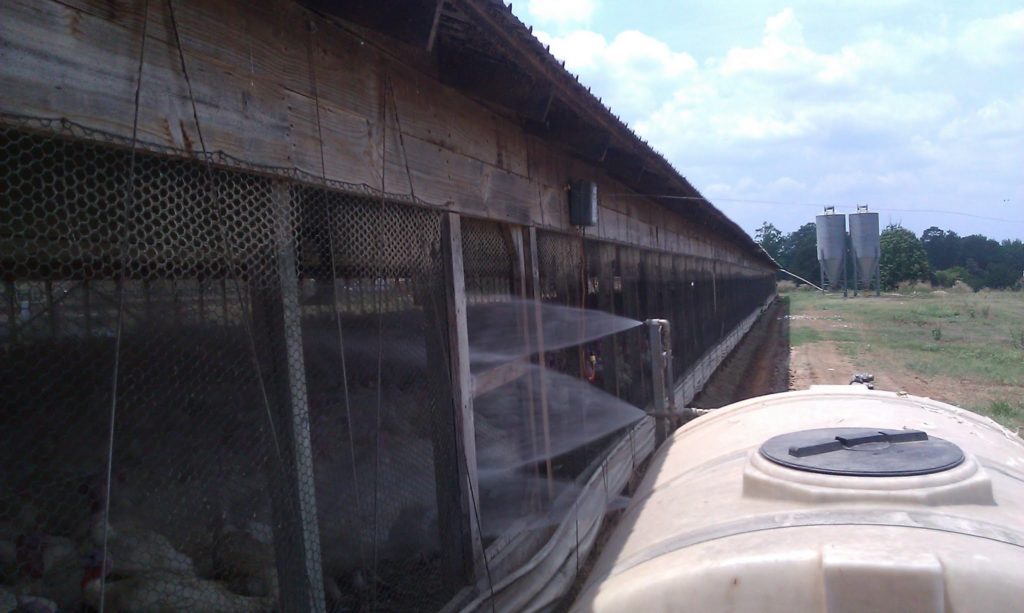
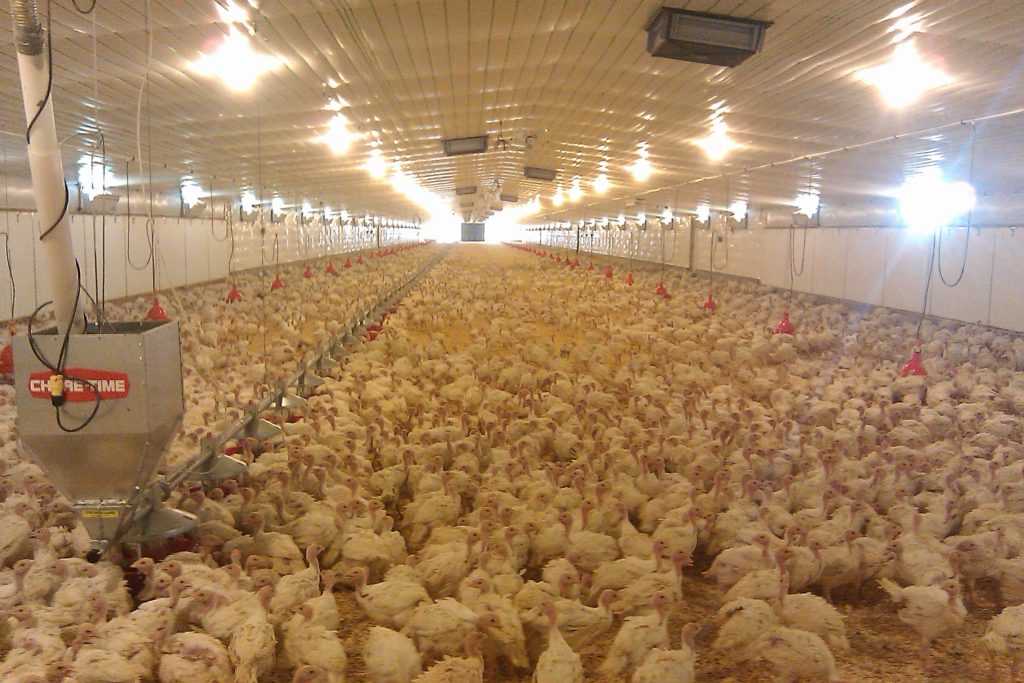



I am enjoying your blog series.